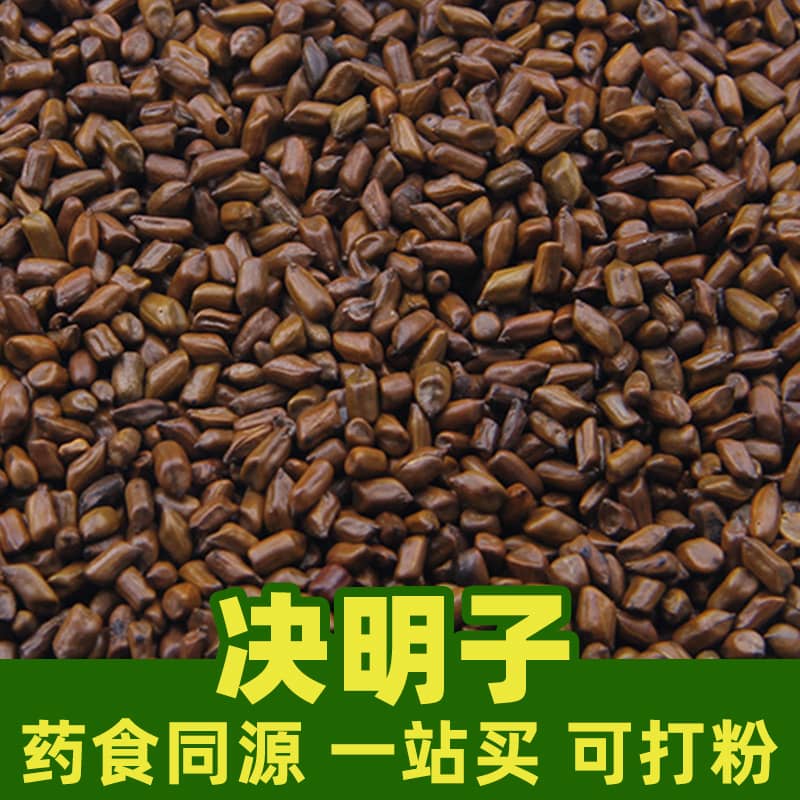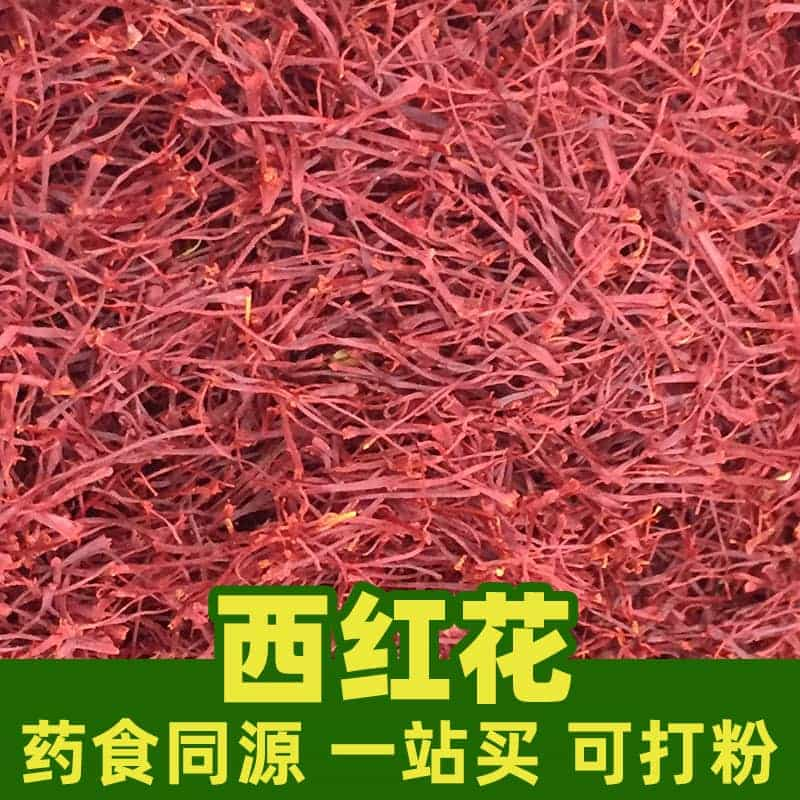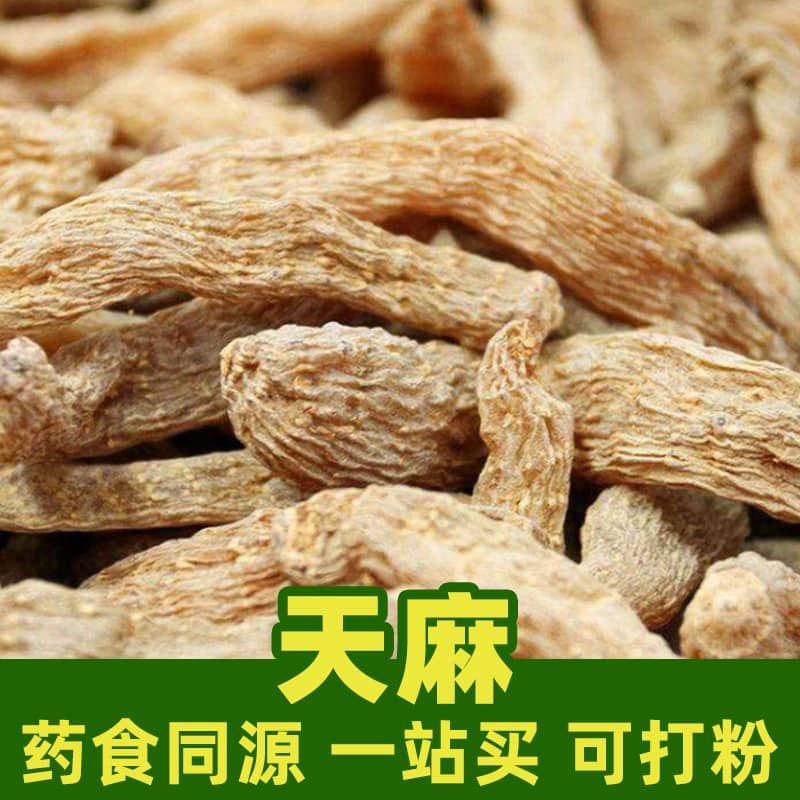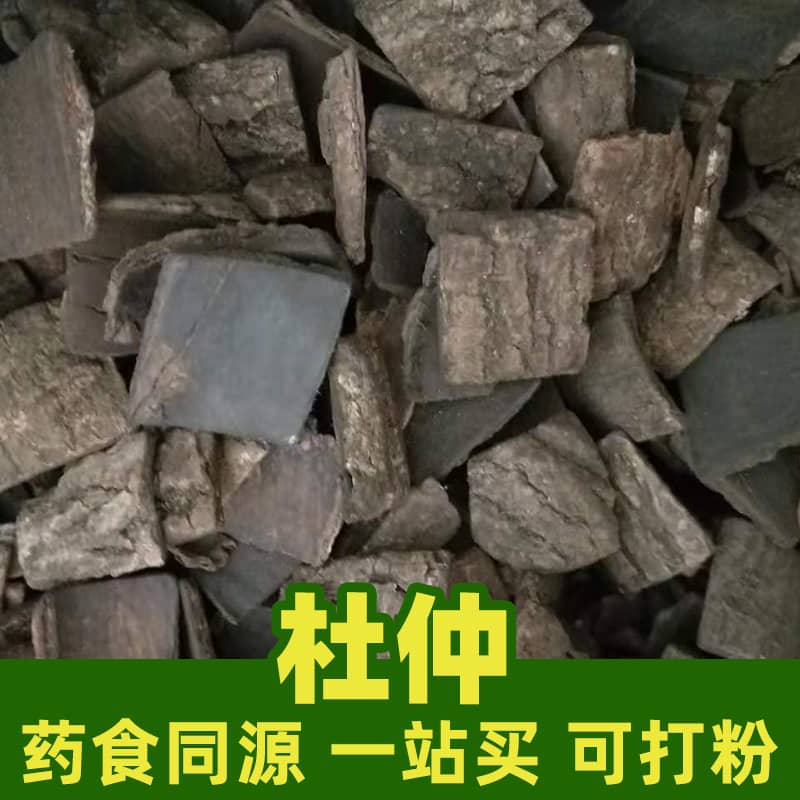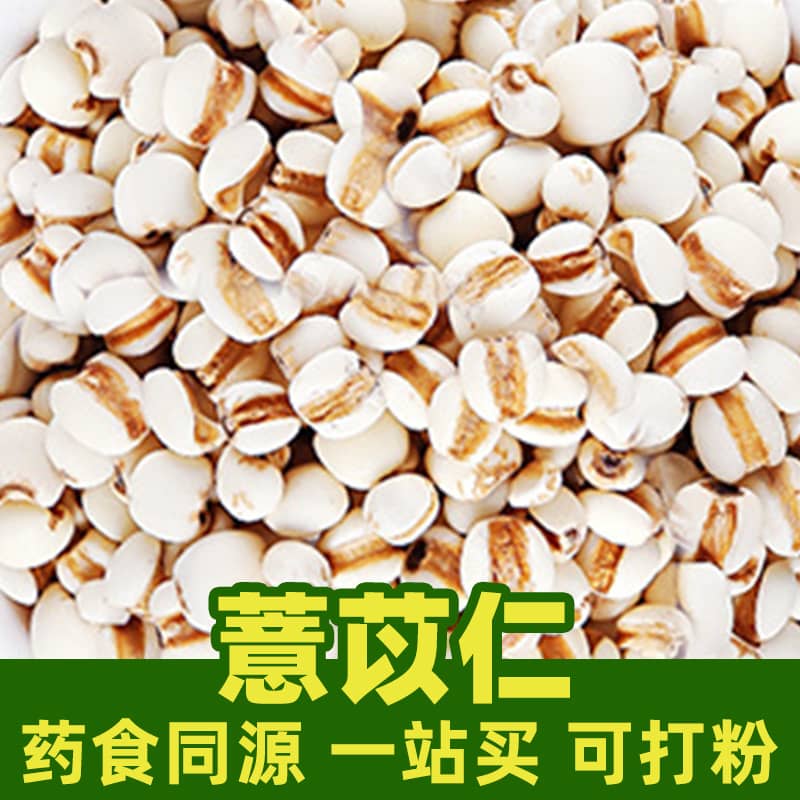Product Description
Cistanche Tubulosa is an herbaceous plant with a cylindrical stem that is smooth and free of wrinkles, and tubular flowers in shades of purple-red or pale red, carrying a unique fragrance. It mainly grows in northwest China, such as Gansu and Xinjiang. Rich in active compounds like glycosides, polysaccharides, fatty acids, and amino acids, it has a sweet, salty taste and warm nature, benefiting the kidney and liver meridians. Known for its functions in nourishing kidney yang, enhancing essence and blood, and strengthening bones, it is frequently used to support kidney deficiency, impotence, premature ejaculation, and weakness in the lower back and knees. For storage, keep it in a dry, ventilated, and shaded area. Prompt use or sealed storage is recommended to maintain its quality.
Key Active Ingredients
Cistanche Tubulosa contains essential components such as glycosides, polysaccharides, fatty acids, and amino acids. These ingredients contribute to its effects of nourishing kidney yang, enhancing essence and blood, and strengthening bones. Glycosides are particularly significant, as they offer potent pharmacological activity. The active compounds in Cistanche Tubulosa also help boost immunity, promote metabolism, and offer some protection against ischemic brain injury and neurodegenerative conditions.
Product Applications and Dosage
In the food sector, Cistanche Tubulosa is widely used for various wellness foods, such as soups, porridges, and stews. In food processing, it can be added in appropriate amounts to enhance the nourishing effects of dishes. The dosage should be adjusted according to individual needs, following relevant food processing standards to ensure product quality and safety.
Plant Source, Distribution, and Growth Environment
Cistanche Tubulosa primarily grows in northwest China, such as in Gansu and Xinjiang. It thrives in desert and semi-desert regions, preferring arid environments. Typically found on steep sand dunes and rocky slopes, this plant is highly drought- and cold-resistant. It forms a parasitic relationship with host plants, from which it draws nutrients and a suitable environment for growth and reproduction.
Harvesting, Processing, and Storage
Cistanche Tubulosa is generally harvested during its flowering period. After harvesting, it undergoes processes like cleaning and sun-drying. To preserve its quality and efficacy, store it in a dry, ventilated, and shaded location. For extended freshness, prompt use or sealed storage is advised.
Monica Sun is a seasoned expert in the natural raw materials industry, with over a decade of experience specializing in traditional Chinese medicinal herbs, spices, and fungi. She is skilled in the sourcing, processing, and application of these materials, emphasizing sustainability and innovation. Monica Sun has contributed to the development of high-quality natural raw materials that serve as essential components in functional foods, pharmaceuticals, and cosmetics, delivering tailored solutions to meet diverse market needs.









